In recent years, due to the impact of climate change, the weather has become increasingly extreme; especially at the peak of the dry season, the intense hot weather causes the temperature and salinity in shrimp farms in Ca Mau to frequently increase very high, affecting farmed shrimp.
Specifically, this year's dry season, the intense heat has lasted for a long time, causing the salinity in most farmers' shrimp ponds to increase by 30-40%o, while the suitable salinity for shrimp farming ranges from 5-25%o.
In addition, at the peak of the dry season, the tide on the river always drops, the water level in the shrimp pond is only maintained at 30-40 cm, the farmed shrimp must hide at the bottom of the canal to avoid the sun, cannot go up to the field to find food, leading to slow growth of farmed shrimp and potential risk of damage.
Understanding this rule, in the dry season of 2 years, Mr. Ho Minh Anh's household applied a 2-phase improved extensive shrimp farming process to cope with climate change.
He minimizes the release of water from the shrimp ponds, and at the same time monitors the rising tides, taking advantage of the opportunity to add water to the ponds at the highest possible level, to limit the increase in temperature and salinity during extremely hot days.
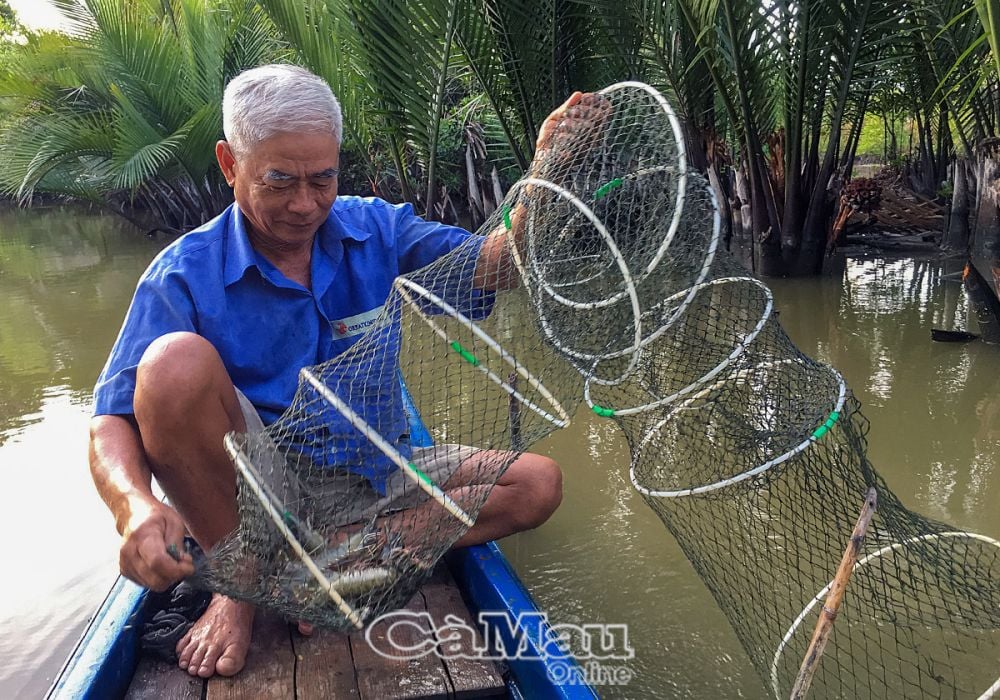
Despite extreme weather conditions, the shrimp farming model adapted to climate change (natural shrimp farming, improved extensive shrimp farming, 2-phase improved extensive shrimp farming) of Mr. Ho Minh Anh, a farmer in Tran Thoi commune (Cai Nuoc district, Ca Mau province) still brings quite high economic efficiency.
This method has created favorable conditions for shrimp farming to develop and harvest with higher productivity than traditional methods, recognized and popularized by the industry.
Mr. Ho Minh Anh said: “My family has 2 hectares of extensive shrimp farming in 2 stages. In 2023 alone, after deducting the cost of shrimp seeds and biological products to improve the shrimp pond environment, my family will make a profit of more than 100 million VND.”
In particular, during the dry season of 2024, the weather was extremely extreme, with intense heat and high salinity, many shrimp areas were not harvested, but Mr. Ho Minh Anh's family alone earned 7-8 million VND per tidal wave. The shrimp weighed 15-20 shrimp/kg, with some tidal waves earning more than 10 million VND.
To replicate the shrimp farming model to cope with climate change, the Department of Agriculture and Rural Development of Cai Nuoc district (Ca Mau province) coordinated with Cong Trung hamlet, Tran Thoi commune to organize a workshop to replicate this method.
Mr. Ho Minh Anh added: “In addition to maintaining the highest possible water level in the shrimp pond in extreme weather conditions, the factors of the breed and the water environment of the shrimp pond are extremely important and will determine the success of the shrimp farming crop.
Therefore, shrimp seed must be raised at a reputable, quality facility and periodically treated with biological products to improve water quality.
Source: https://danviet.vn/nuoi-tom-quang-canh-cai-tien-thuan-theo-y-troi-o-ca-mau-bat-toan-con-to-bu-nguoi-ta-tranh-nhau-mua-20240625121157726.htm


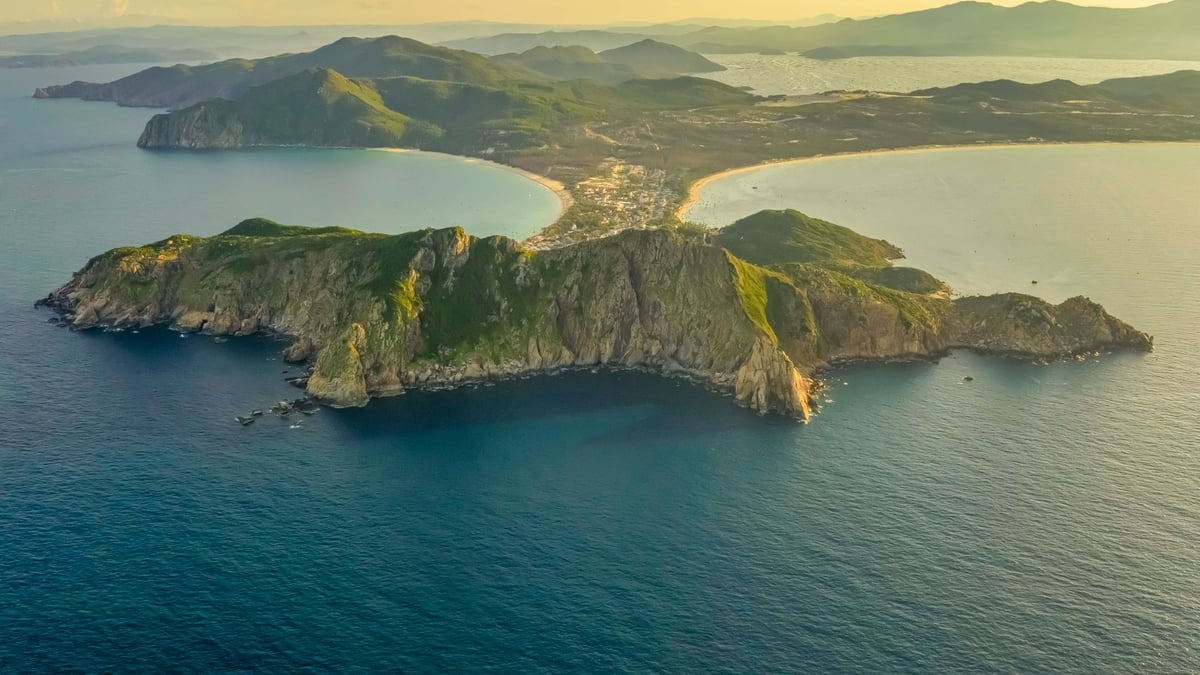
![[Photo] Prime Minister Pham Minh Chinh starts construction of vital highway through Thai Binh and Nam Dinh](https://vphoto.vietnam.vn/thumb/1200x675/vietnam/resource/IMAGE/2025/5/12/52d98584ccea4c8dbf7c7f7484433af5)
![[Photo] Prime Minister Pham Minh Chinh receives Swedish Minister of International Development Cooperation and Foreign Trade](https://vphoto.vietnam.vn/thumb/1200x675/vietnam/resource/IMAGE/2025/5/12/ae50d0bb57584fd1bbe1cd77d9ad6d97)
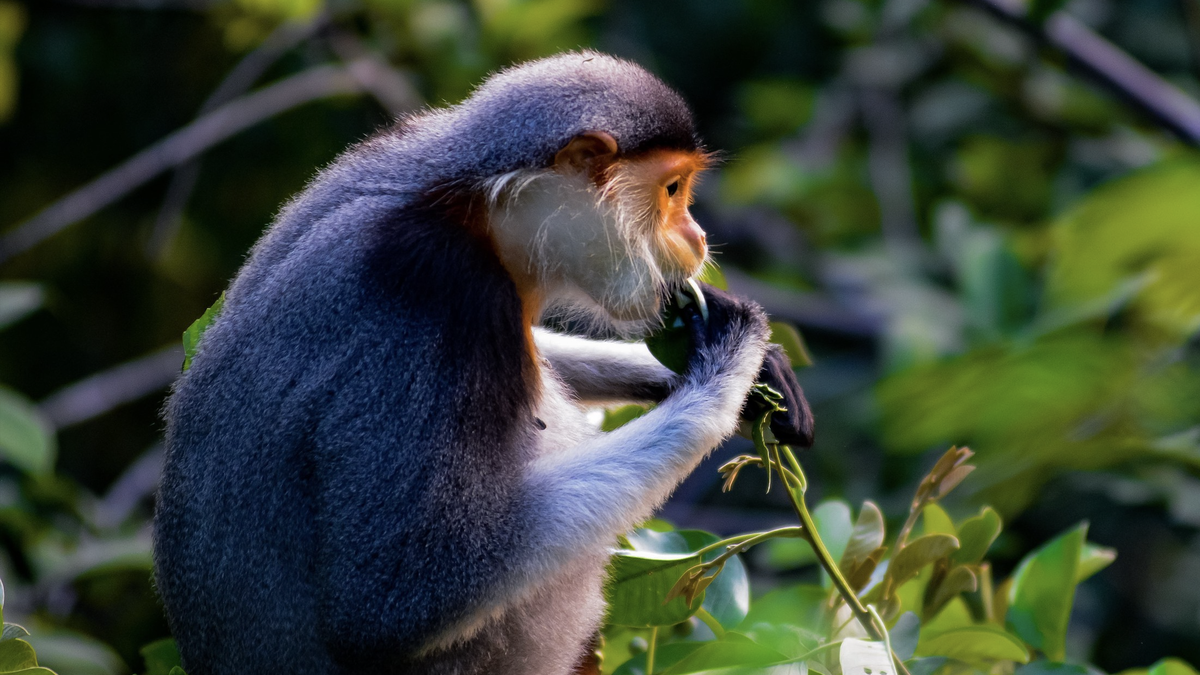
![[Photo] Prime Minister Pham Minh Chinh works with the Standing Committee of Thai Binh Provincial Party Committee](https://vphoto.vietnam.vn/thumb/1200x675/vietnam/resource/IMAGE/2025/5/12/f514ab990c544e05a446f77bba59c7d1)
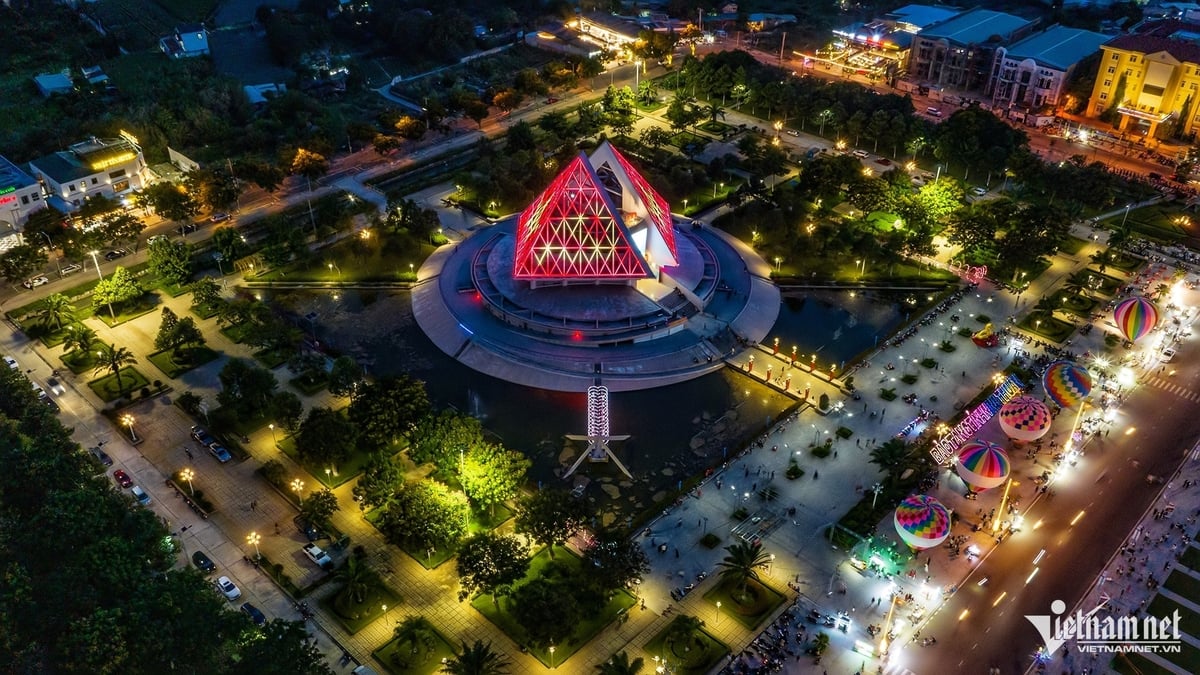



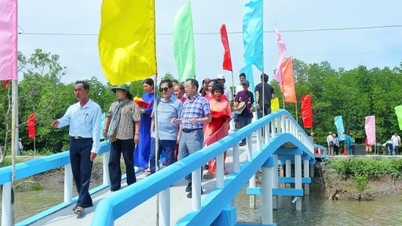



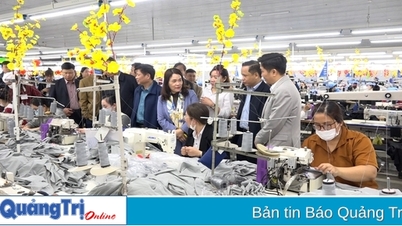


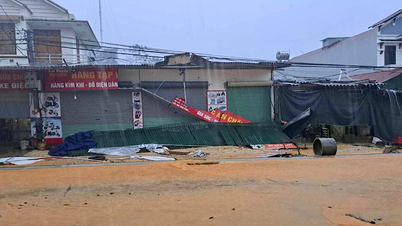
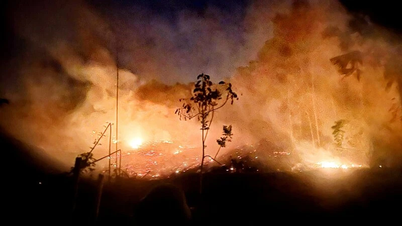
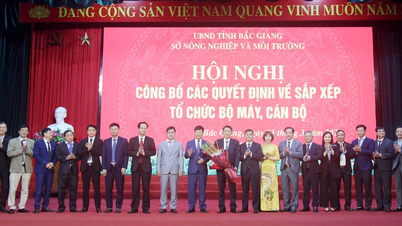
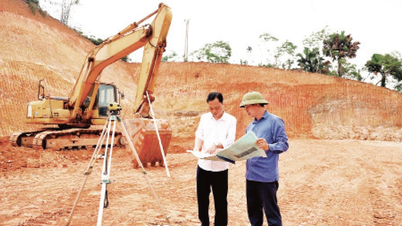
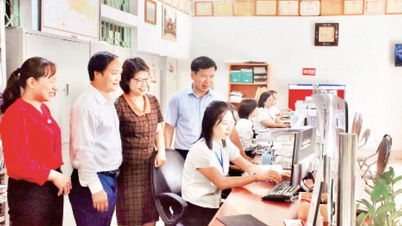
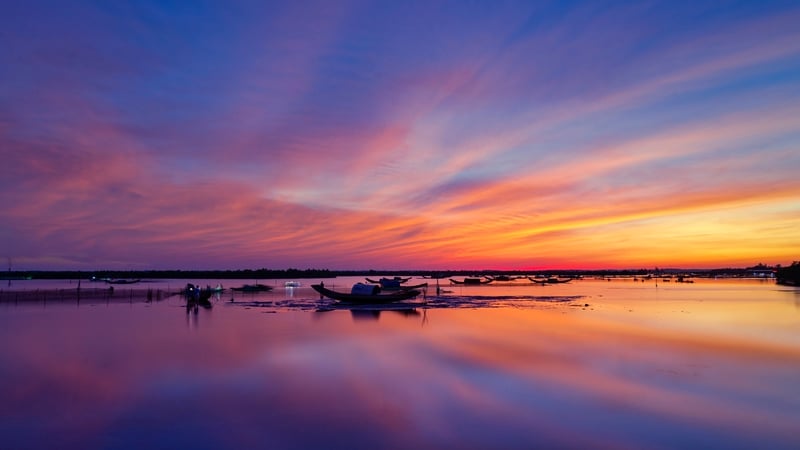



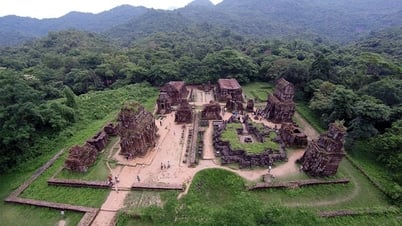
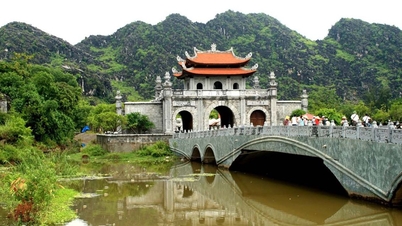
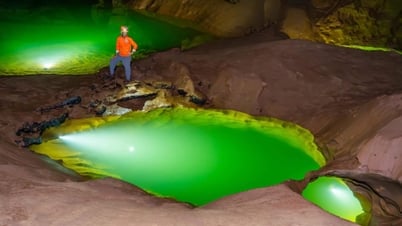
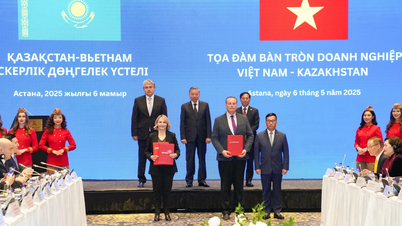

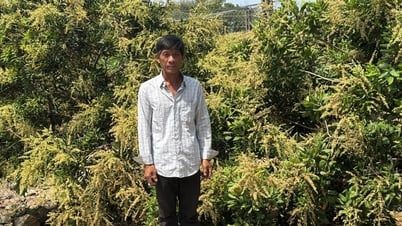
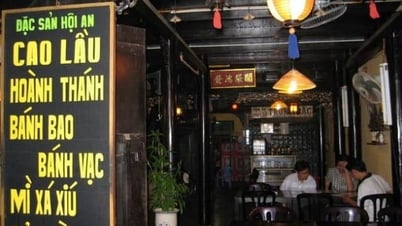



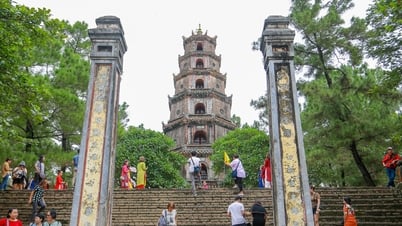

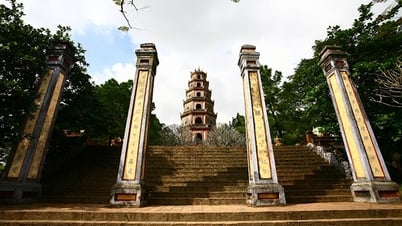

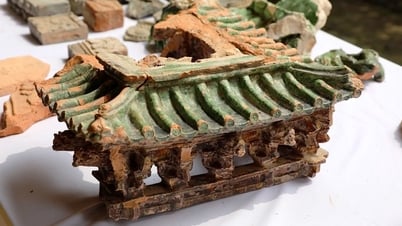





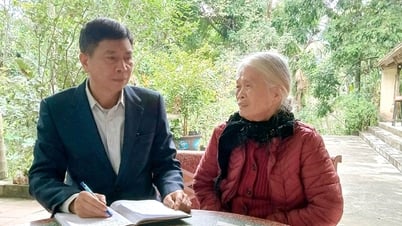

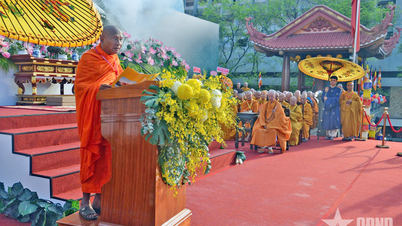
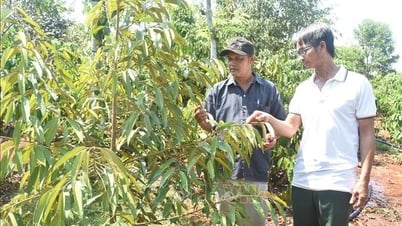








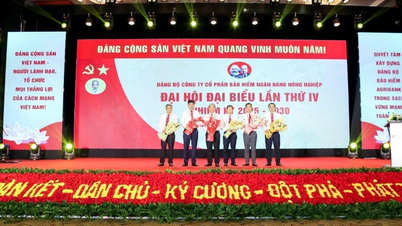



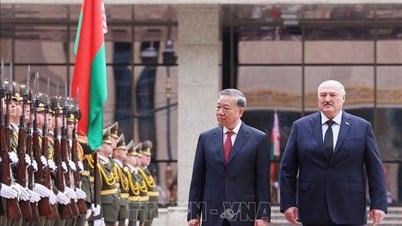
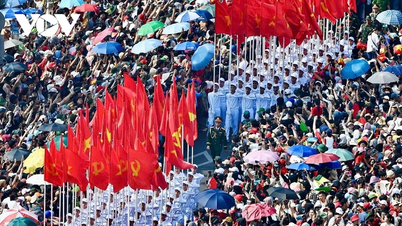






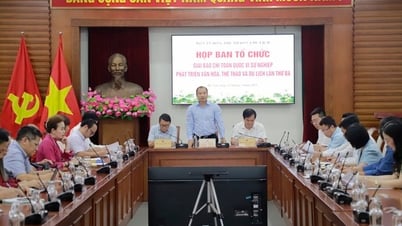




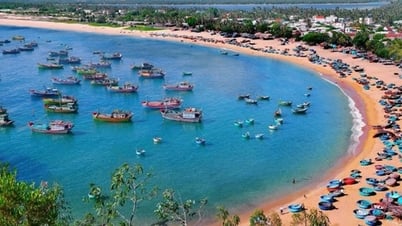
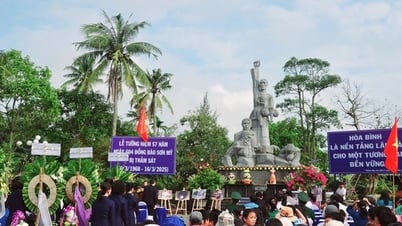





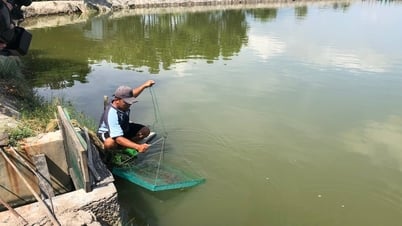


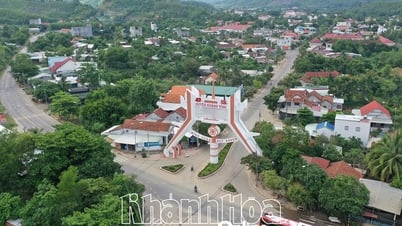
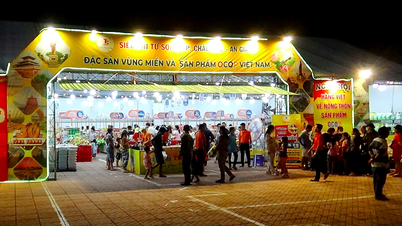

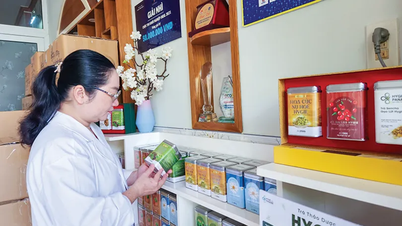

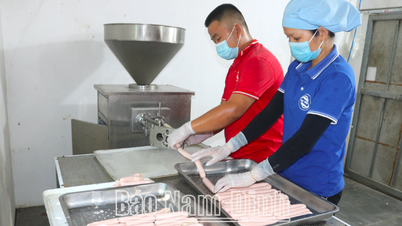

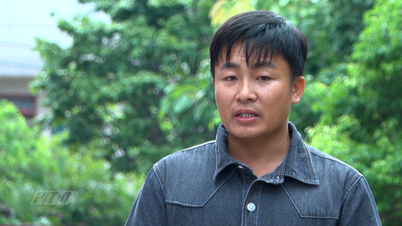
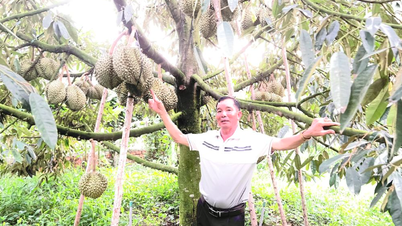


Comment (0)